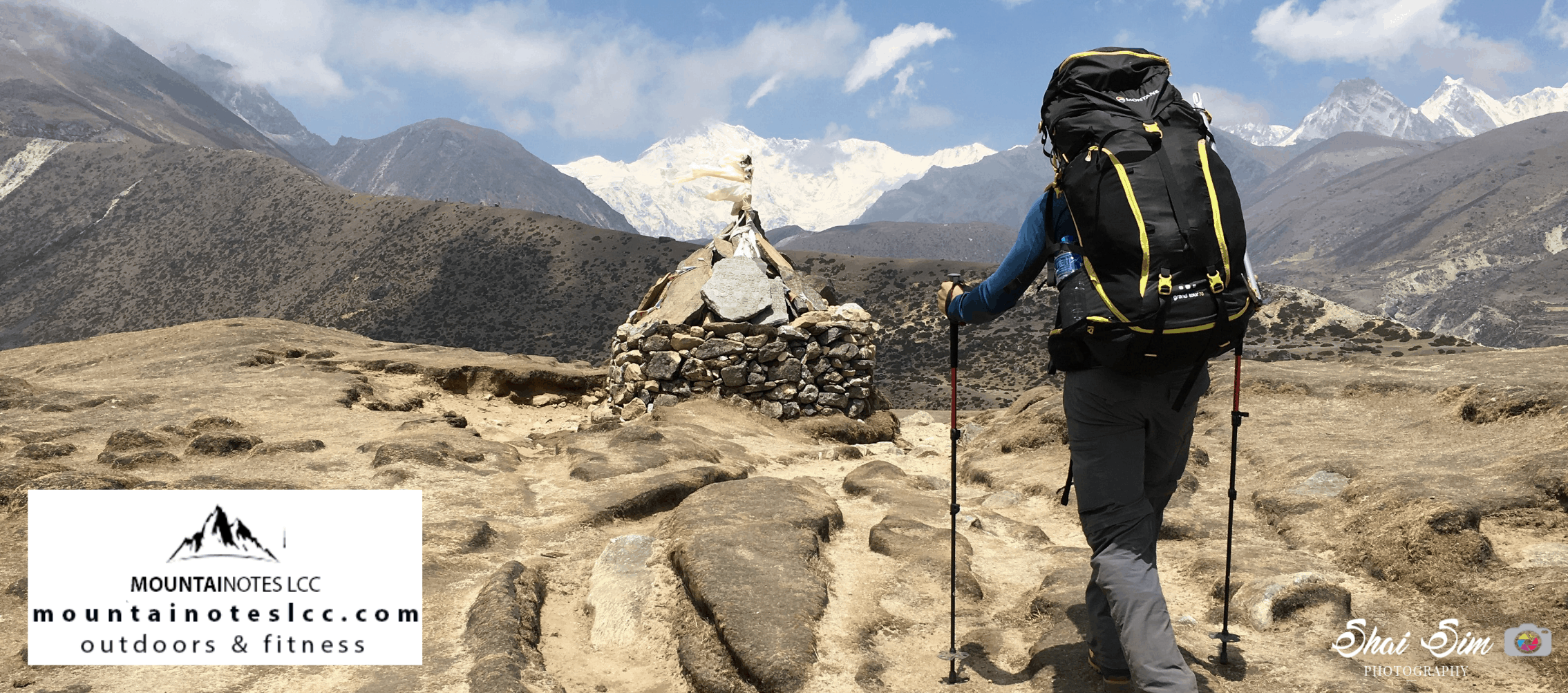So you are about to start trekking or hiking adventure. Awesome! Experiences are a huge contribution to our happiness, that’s already being said and researched. But such adventures, although so rewarding can also be punishing activity as it sometimes involves endurance, stamina, good judgment in risky situations and environment-related sudden changes or circumstances.
What is your next destination? How many days you about to trek on remote areas? Are you a solo traveler? These are some of the questions you should ask yourself before actually making your first stride on unpaved ground.
Clearly, more than that should be considered in order to make your trip enjoyable and safest as possible. Some of the key factors are related to the expected weather, terrain, non-guided trip, high altitude trek? water availability, should you carry all food from the start, group or solo traveling, and more and more.
Let’s further list some of these factors and tips we can bring to keep us safe while hiking and trekking.

Always be aware of the weather forecast. Reduce risk by knowing the conditions you need to face or even postpone the start of your trek. It is also crucial to be prepared for weather which is out of the range of the known forecast, many times we might suffer from delays on returning back or rapidly changing weather and we must be covered with the right means to cope with such situations.
So what can we do? Make sure to carry warm clothes that are suitable to a colder temperature than forecasted. In some cases, you should consider carrying long sleeves and suitable hat due to sunny weather even when it’s cold.
The sleeping bag should be rated for lower temperature than those you assume to have during your travel.
Hiking shoes or boots should be suitable for terrain and weather.
Although traveling alone has its own benefits, by means of safe trekking it is less advisable. A partner or a group can always assist when an emergency comes.
If you traveling solo, and even if not, make sure to inform others before you leave for your trekking destination. Have yourself tracked. Make sure to book and sign in the parks entry log books where available.
When you are going to a remote unknown environment, always consider having a guide. That is familiar with the route, can carry more safety and food items and can assist in having one’s expertise as a professional guide.
Trekking essentials –items to carry and handling:
Clearly, when trekking we don’t want to carry too much, this can be a burden that can impact our enjoyment, of even be a safety issue by itself, but essentials should be defined and make sure you are covered for emergency cases.
Do you need waterproof matches? Do you carry trekking lighter? Should you consider emergency blanket foil or tent which are the pocket size? Emergency satellite communicator is a lifesaver, especially when traveling to unknown routes in abroad countries. Pocket knife, emergency kit, water purification system, compass, map, first aid kit, head-lamp.
A whistle is a small item with great contribution to safety-related situations.
Trekking poles not only help you walking more conveniently but also can be used as safety devices for setting shelter, crossing rivers, coping with animals and much more.
Solar charger can be useful for charging your essential electronics such as the mobile phone, or GPS tracker.
Don’t count on technology only, get to know your environment prior travel, have a detailed map of the area you about to explore and get familiar using your compass and even stars navigation.
Is it a desert trek? Are you going trekking nearby lakes? Snow is still out there? Carrying your water can become a real issue here, as it is heavy and probably you can’t carry your own water for a few days hike or longer. Make sure you have water purification means; either water strobe, pills, iodine drops.
Carry an empty bottle with you as a safety item if possible.
Food should be carried to cover also emergency needs, supporting others or ourselves in cases where not everything goes as planned.
Emergency food should be such you don’t have to cook, lightweight, and full of energy and high nutritional values.
Such food can be Granola, dried fruits, power bars, peanut butter, dried meat and more.
Don’t rely heavily on Mobile-phones which most probably in rural areas either will not have received signals or will be required constantly charging.
It is advisable to take GPS emergency tracker/communicator, to keep communication channel running
Emergency tracking devices that send signals to your home and control room saved some lives and strongly recommended to carry for remote areas.
And as mention, keep in your belonging the old fashion navigation means of a paper map and a compass.
Use your emergency folded shelter or improvise/locate one
Send an emergency signal with your emergency communication device.
During the day be exposed as much as possible so you will be traced or seen more easily.
If your trek involves high altitude then be sure to carry AMS treatment pills.
You can read about altitude sickness here.
Know your environment. Are there bears around? Do you need insect repellant? Sneaks? Make sure you are familiar with nature’s blessing. Reduce risks by safety means like protective hiking boots, a campsite in a clean area, a campfire can keep away animals. Trekking poles can turn to protection sticks.
There are plenty of potential hazards. Luckily for most, it is in our ability to reduce the risks.
Make sure to have the proper insurance for your potential hazards coverage. Consider including search and rescue services. Verify coverage for hospitalizing.
So remember,
Enjoy a lot and keep safe!
You might also be interested to read about Introduction to Mountaineering
Leave a comment